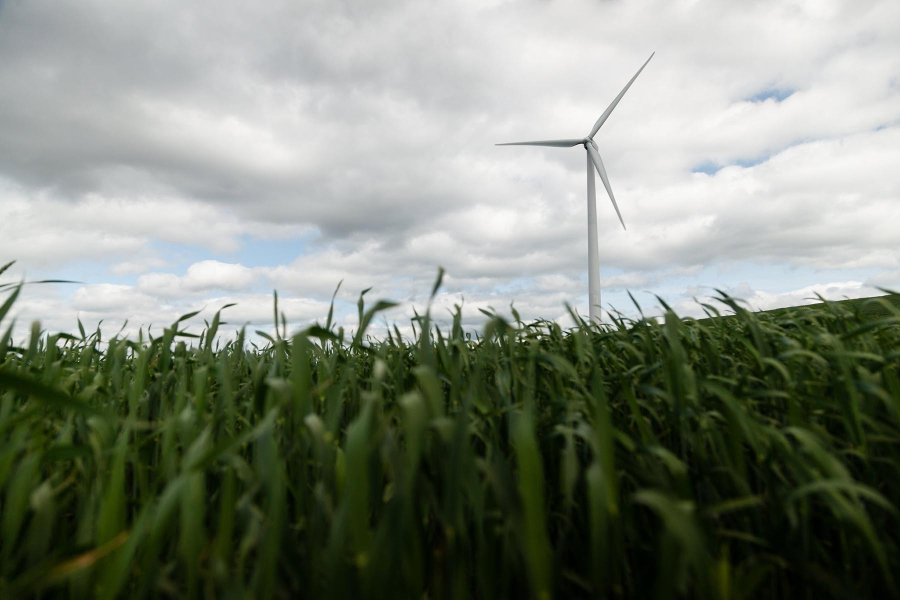As Clean Air Act clears the air, local waters also benefit
Successes in curbing air pollution also benefit work toward achieving Bay water quality goals.

When too much nitrogen enters the Chesapeake Bay, it can fuel the growth of harmful algae blooms that block sunlight from reaching underwater grasses and create low-oxygen areas, or “dead zones,” that suffocate marine life. But some key successes in curbing the amount of nitrogen entering local waterways have a potentially surprising source—the Clean Air Act.
In a factsheet released last week, the U.S. Environmental Protection Agency (EPA) outlines how declines in air pollution have substantially reduced the amount of airborne nitrogen that ends up in the Bay, helping the agency and its partners stay on track to meet the water quality goals of the Total Maximum Daily Load (TMDL), or “pollution diet,” which representatives from across the Bay region recommitted to achieving as part of the Chesapeake Bay Watershed Agreement.
Polluted air can have quite an impact on the health of local waters: scientists estimate that one third of the nitrogen in the Bay comes from the air through a process known as atmospheric deposition. When our cars, power plants or other sources emit air pollution, it can be carried by wind and weather over long distances until it falls onto land or into the water.
“Atmospheric deposition falls everywhere on the Chesapeake watershed, from forests, to fields, to parking lots,” said Lewis Linker, modeling coordinator with the Chesapeake Bay Program. “When this load of nitrogen is reduced, it improves water quality everywhere from stormwater runoff, to small headwater streams, …to the Chesapeake Bay.”
Even pollution emitted thousands of miles away can eventually end up in our waterways. While the area of land that drains into the Bay spans six states and 64,000 square miles, the Bay’s “airshed”—the area of land over which airborne pollutants travel to enter the estuary—is nine times that size. Nearly three-quarters of the airborne nitrogen that eventually ends up in the Bay is generated by sources within this airshed, and the remaining 25 percent is emitted from sources even farther away. Which is why, says Linker, national policies like the Clean Air Act are essential in reducing the amount of pollution that reaches the Bay.
“To restore the Chesapeake, the citizens of the Chesapeake watershed have done a lot of bootstrapped cleanup in their own backyards and watersheds,” said Linker. “But when it comes to atmospheric deposition of nitrogen, the reduction can’t be done by the Chesapeake state partners alone—it’s a job for the whole nation.”
For more on what you can do to curb air pollution, Take Action.
Learn more about the EPA’s efforts to curb nitrogen deposition in the Chesapeake.

Comments
There are no comments.
Thank you!
Your comment has been received. Before it can be published, the comment will be reviewed by our team to ensure it adheres with our rules of engagement.
Back to recent stories